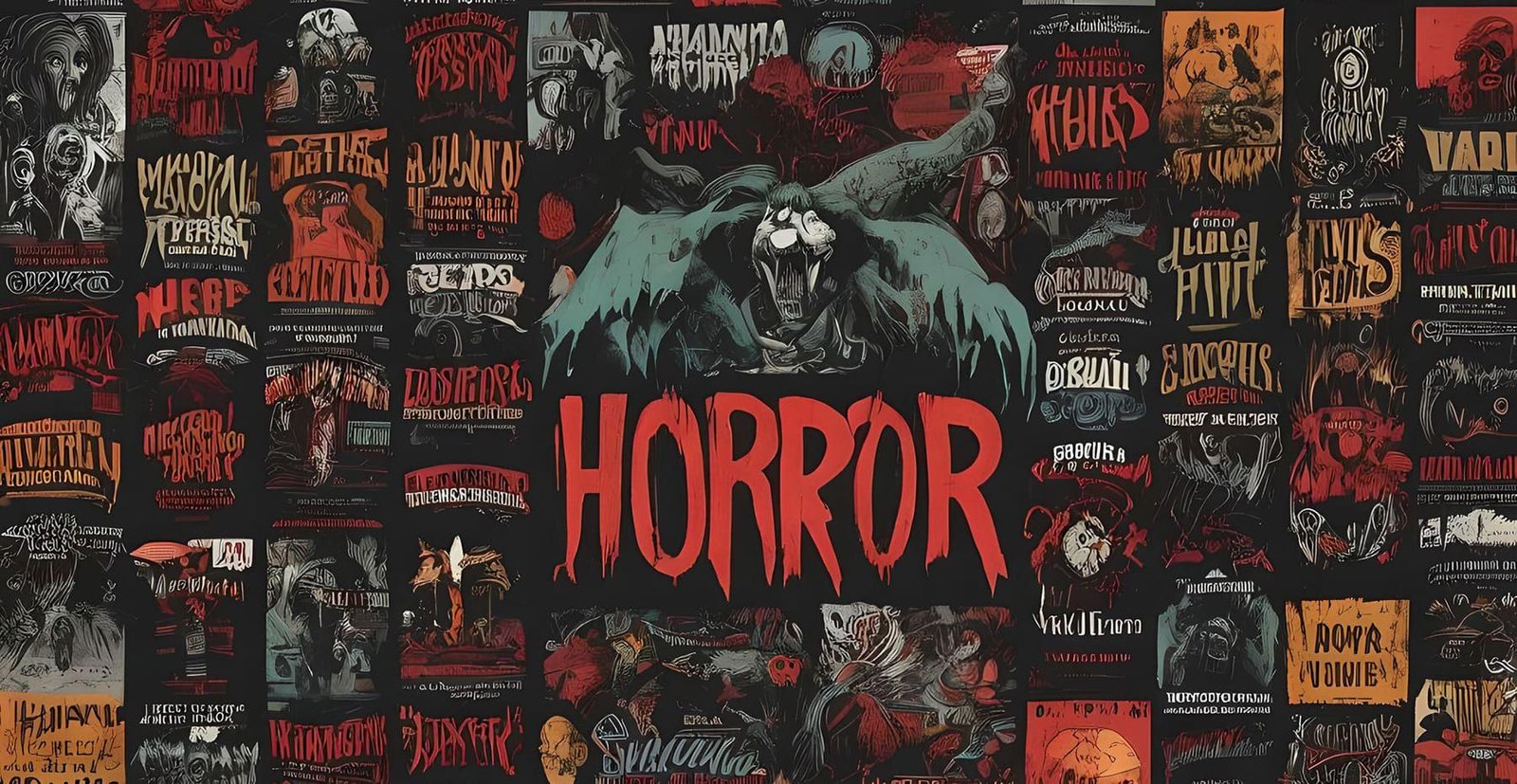A Genre for every type
For the aficionados of fear, the realm of horror is as vast as the cosmos. Just when you think you’ve seen the last shadow on the wall, a new subgenre crawls out from the underbelly of cinematic or literary history, showcasing the complexity and depth of humanity’s most primal emotion. From the finales of silent films to the siliconic whispered screams of the digital age, horror subgenres have both reflected and influenced our deepest terrors and imaginations.
This guide is for the marauders of the macabre, the purveyors of the peculiar, and the seekers of the sinister. We’ll chart our course through the diverse waters of horror subgenres, dissecting each subgenre like a curious biologist examining a bizarre new species.
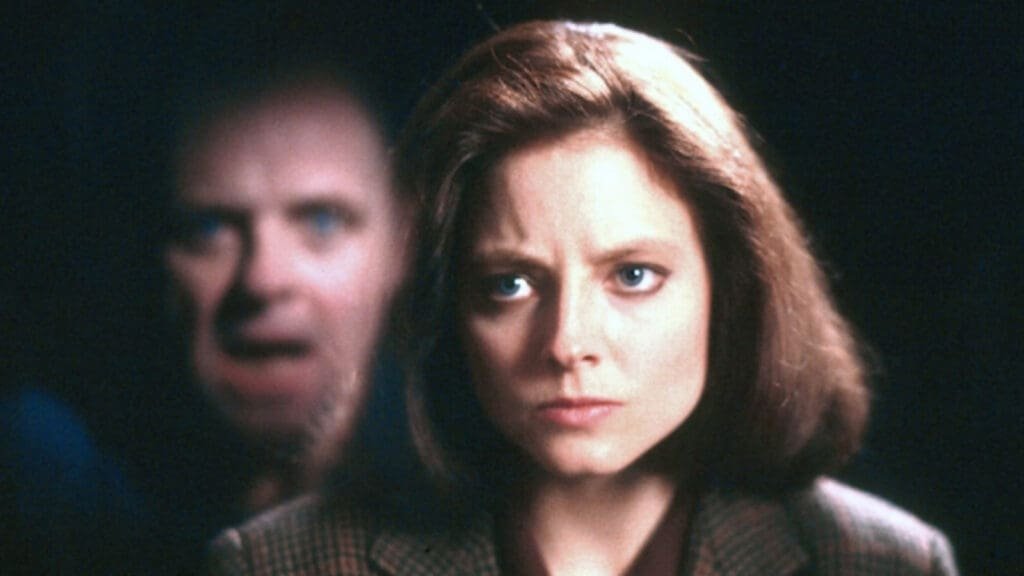
Psychological Horror: Nightmare Within the Mind
Psychological horror is the brooding meditation on the nature of fear itself. It’s less about gory special effects and more about the alteration of the viewer’s or reader’s perception. Sometimes referred to as ‘psycho-horror’, it tends to be cerebral, often focusing on internal psychological struggles, mental illnesses, or existential angst.
Icons of Psychological Horror
- “The Shining” (1980) – Stanley Kubrick’s take on Stephen King’s novel is a masterclass in psychological terror. The film beautifully depicts the unraveling of a writer’s sanity in a desolately grand hotel haunted by phantoms and eerie remnants of the past.
- “Silence of the Lambs” (1991) – This chilling tale of a young FBI cadet who must confide in an incarcerated and manipulative killer to receive his help in catching another serial killer proves that the most horrifying things often inhabit the corners of our own souls.
The Subtle Art of Subtext
In psychological horror, the darkness doesn’t only dwell in the Chthulu-esque crevices of far-off worlds or crumbling castles; it resides within the protagonist’s psyche. The horror is often left open to interpretation, as is the ambiguity of reality.
Crafting the Creepy Mindset
Directors and authors in this subgenre build unease through unreliable narration, fractured time, and distorted realities. The audience is drawn to feeling as though it’s losing its grip on a solid conception of the truth.
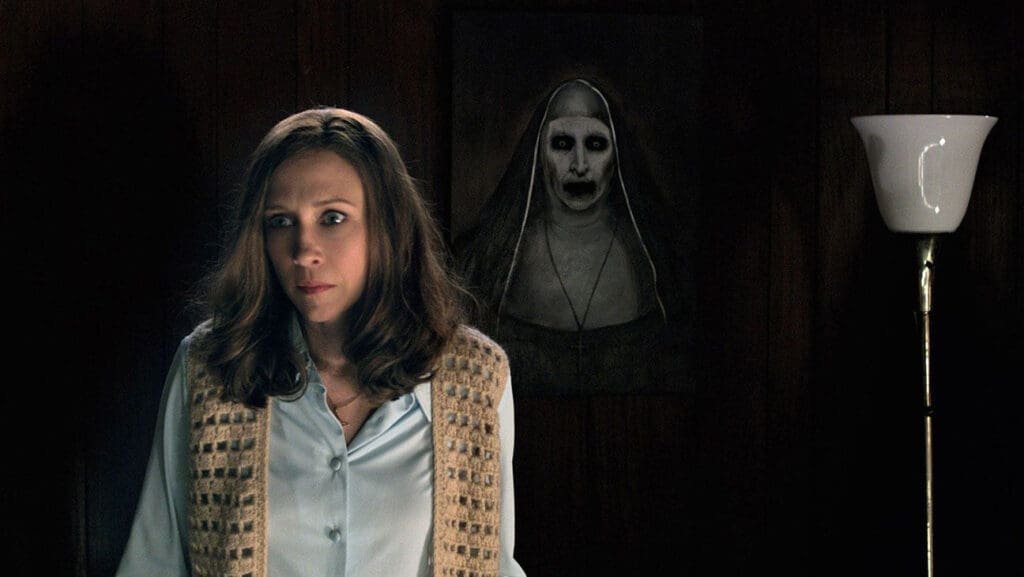
Supernatural Horror: When the Veil is Torn
Supernatural horror is where the impossible becomes possible—ghosts, demons, and creatures whose very existence defies the laws of nature. This subgenre taps into our primal superstitions, exploring the world beyond with a mix of religious symbology and pure imagination.
Icons of Supernatural Horror
- “The Exorcist” (1973) – Often hailed as the scariest film of all time, it chronicles the possession of a young girl, drawing heavily on Catholic ritual and the fear of submission to higher, malevolent forces.
- “The Conjuring” series (2013-present) – These modern classics follow the real-life paranormal investigators Ed and Lorraine Warren as they confront various hauntings and infestations.
The Supernatural as a Metaphor
These stories often use supernatural elements as a metaphor for the protagonist’s personal demons or as a societal critique. They can plunge into the terrifying abyss of existential encounters with unknown, sinister entities that challenge human superiority.
Conjuring Atmosphere with Supernatural Elements
Misty graveyards, decaying mansions, and clairvoyants capture the imaginations of its audience, compelling them to believe in the terrors that supposedly exist beyond the veil.

Zombie Horror: The Masses That Devour
Zombie horror has infected popular culture like its titular creatures spreading across the globe. With its roots in apocalyptic fears and voodoo traditions, the modern zombie narrative usually features a wide-scale outbreak of a disease or contagion that causes the dead to rise and consume the living.
Icons of Zombie Horror
- “Night of the Living Dead” (1968) – George A. Romero’s groundbreaking film introduced the modern zombie archetype—slow, relentless, and remorseless cannibals, creatures of pure instinct.
- “The Walking Dead” series (2010-present) – The comic-turned-television behemoth takes Romero’s template and extends it into a long, character-driven narrative that explores what it means to survive in a dead world.
The Societal Reflection in the Swarms
Zombie narratives have always been strong social commentaries, often symbolizing cultural decay, mob mentalities, or pandemics. The zombies aren’t merely a threat; they are the indictment.
The Thrill of the Chase
One of the primary appeals of zombie horror is the suspenseful chase. Unlike the usually solitary or few antagonists of other subgenres, the horde is a relentless mass that no wall can hold indefinitely.
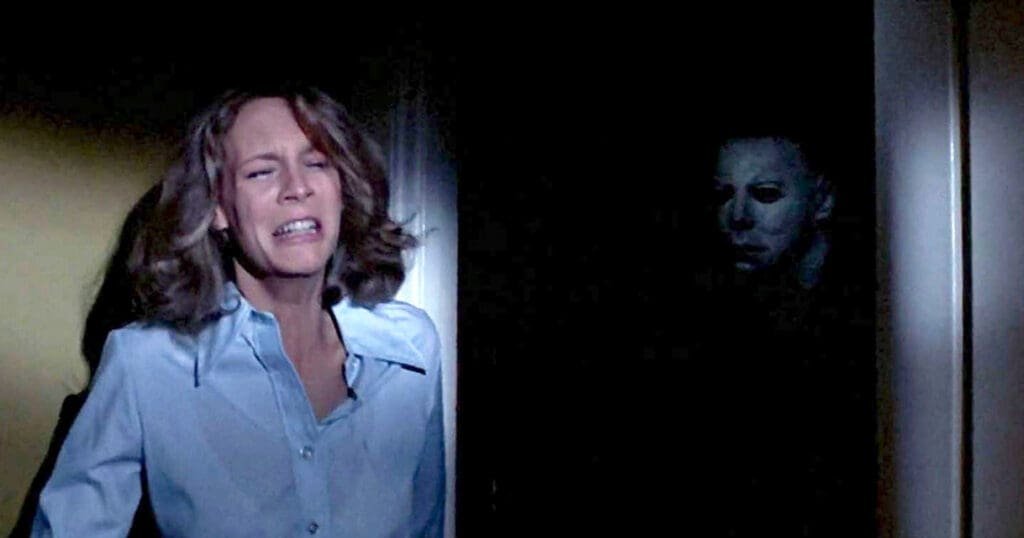
Slasher Horror: Violence as Catharsis
Slasher horror often revolves around a psychopathic killer who stalks and systematically murders a series of victims. Blood and gore are at the forefront of these narratives, with a particular emphasis on the detailed, visceral demise of each character.
Icons of Slasher Horror
- “Halloween” (1978) – The original “Halloween” film showcases the invincible killing machine Michael Myers as he pursues his sister and other hapless teens through the small town.
- “Friday the 13th” series (1980 – present) – Jason Voorhees, clad in his iconic hockey mask, is the undead specter of revenge, with a body count that rivals any natural disaster.
The Figure of Fate
Slasher villains often represent a twisted form of fate, a ‘force of nature’ that stands in for the universe delivering its chaotic whims in the form of a sharp blade or blunt instrument.
The Rules of the Game
Slasher films are often bound by their formal conventions—the ‘final girl,’ the progressive murder set pieces, and above all, the inevitable resurrection of the killer for the sequel.
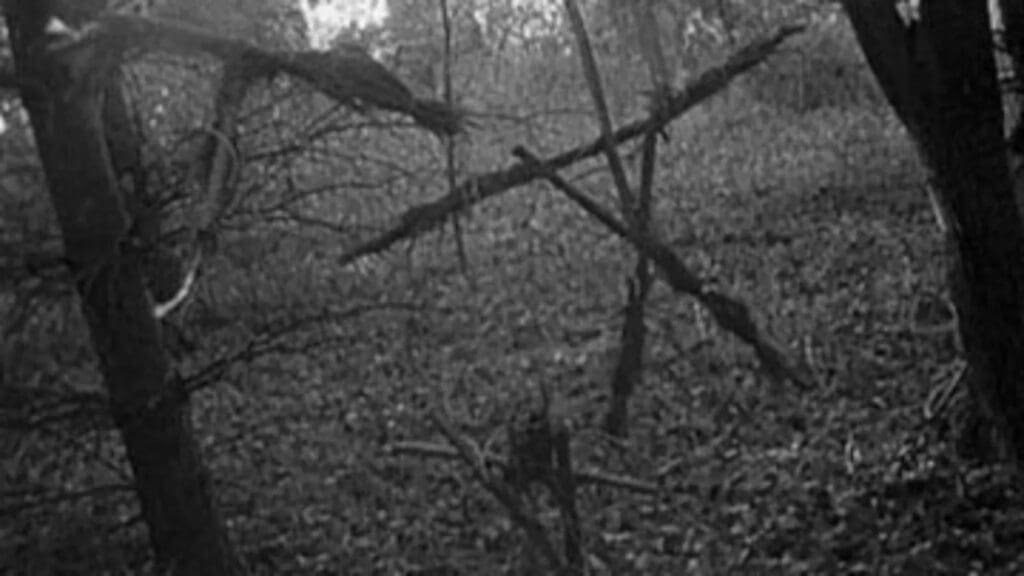
Found Footage Horror: The Lens of Terror
Found footage horror takes the form of amateur footage discovered after the peril has passed, immortalizing the harrowing events as they unfolded. This subgenre has a unique connection with the audience, as the narrative premise mimics the experience of watching home movies, journal entries, or surveillance footage.
Icons of Found Footage Horror
- “The Blair Witch Project” (1999) – This film was a cultural phenomenon, convincing many viewers that the footage was real and introducing the concept to a wider audience.
- “Paranormal Activity” series (2007 – present) – Each installment in this series presents escalating levels of hauntings, proving that sometimes, spectres wish to play the movie star.
The Illusion of Authenticity
Found footage’s claim to authenticity offers a unique experience that traditional narratives cannot. The audience feels less like they are watching a movie and more like they stumbled upon terrifying evidence of the impossible.
The Subversion of Perspective
By giving the majority of the screen time to the person with the camera, found footage horror often highlights the inherent voyeurism and fatal curiosity that a viewer embodies.
The Never-Ending Night
Though this guide cannot cover every subgenre—there are horrors awaiting in the cursed games of urban legends, alien invaders, eldritch horrors from the cosmos, and terrors that defy classification—this should offer a spine-tingling start. Horror, after all, is a genre that thrives in the unexplored and the unknown, and the hunt for the next scare is as inexhaustible as it is exhilarating.
In the fragmented mirror of horror subgenres, we see the fractured, diverse reflection of our darkest fears. Each subgenre creates a unique dialogue with the darkness, asking different questions, and often leaving us haunted long after the lights have come up or the book covers are closed. For those who seek to grapple with the nature of fear itself, to laugh in the face of the abyss, or to merely savor the adrenaline rush; the subgenres of horror offer a rich banquet of terror, each dish more spine-tingling than the last.
Ready to dive deeper into the Horror?
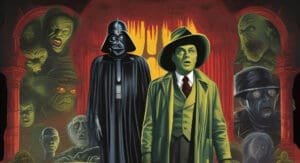 Explore more captivating content like this by checking out our blog post “Unveiling the Secrets of the Silver Screen: Classic Horror and Sci-Fi Films Dissected” Click HERE to continue your wicked journey.
Explore more captivating content like this by checking out our blog post “Unveiling the Secrets of the Silver Screen: Classic Horror and Sci-Fi Films Dissected” Click HERE to continue your wicked journey.


